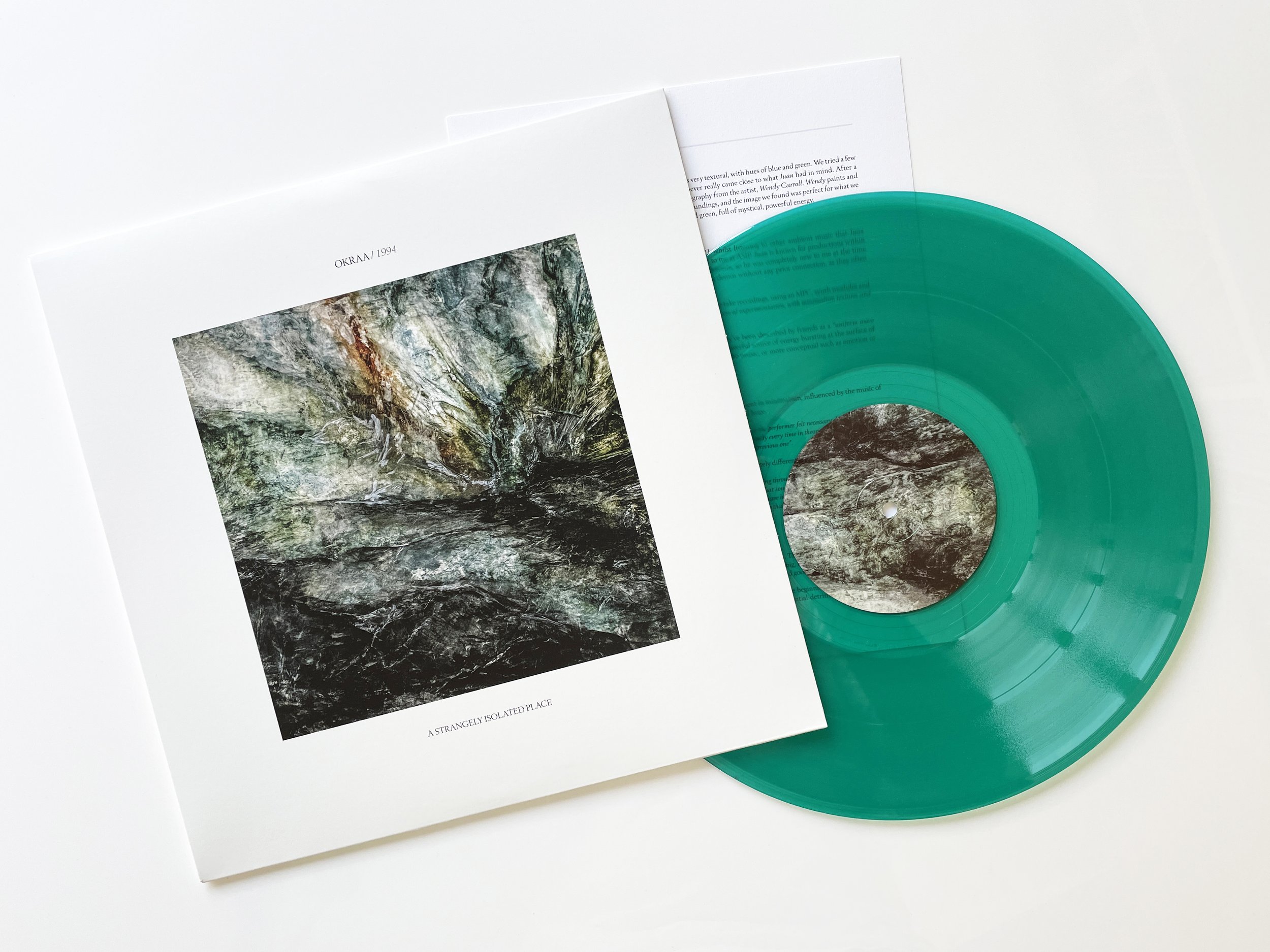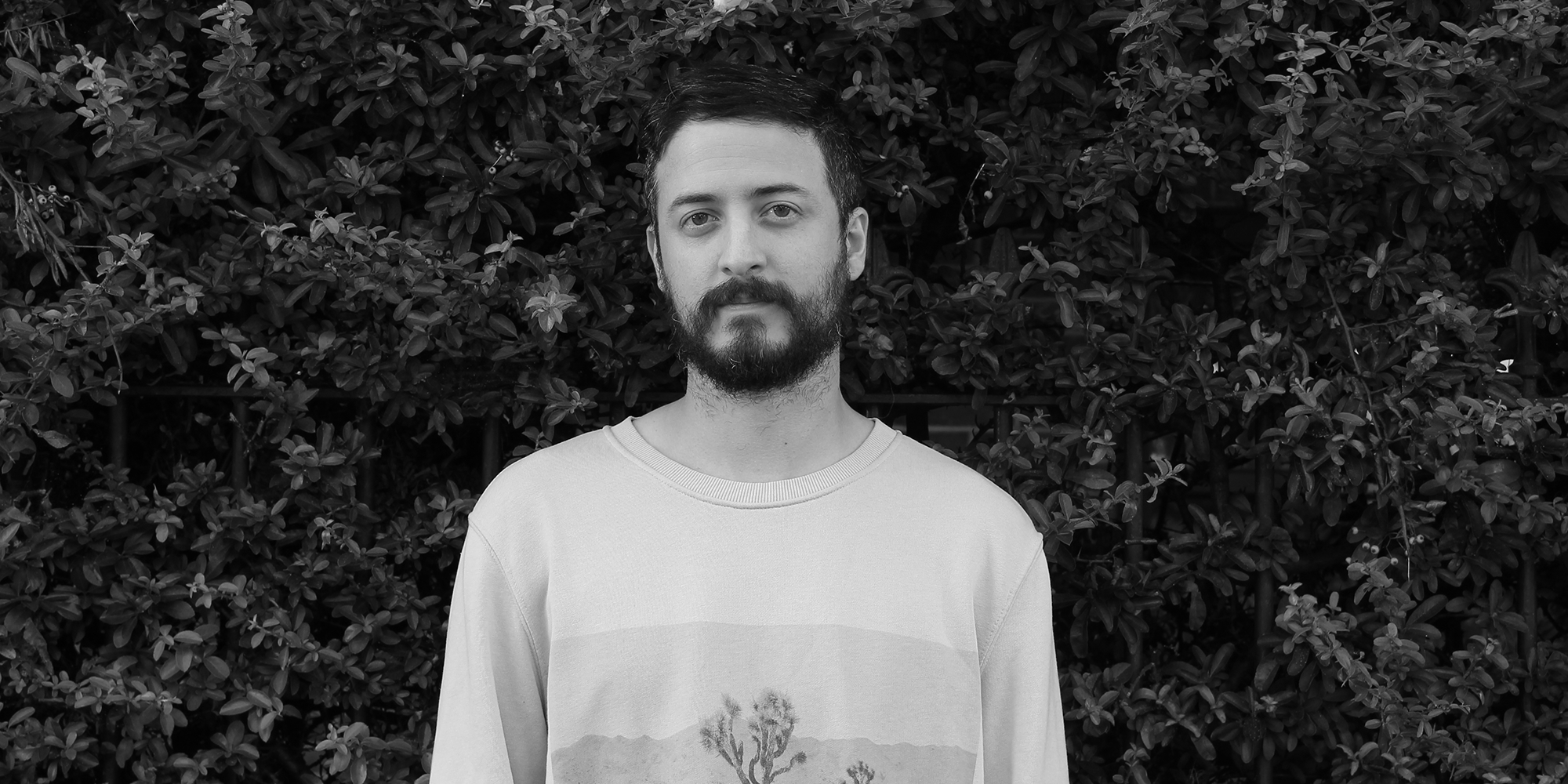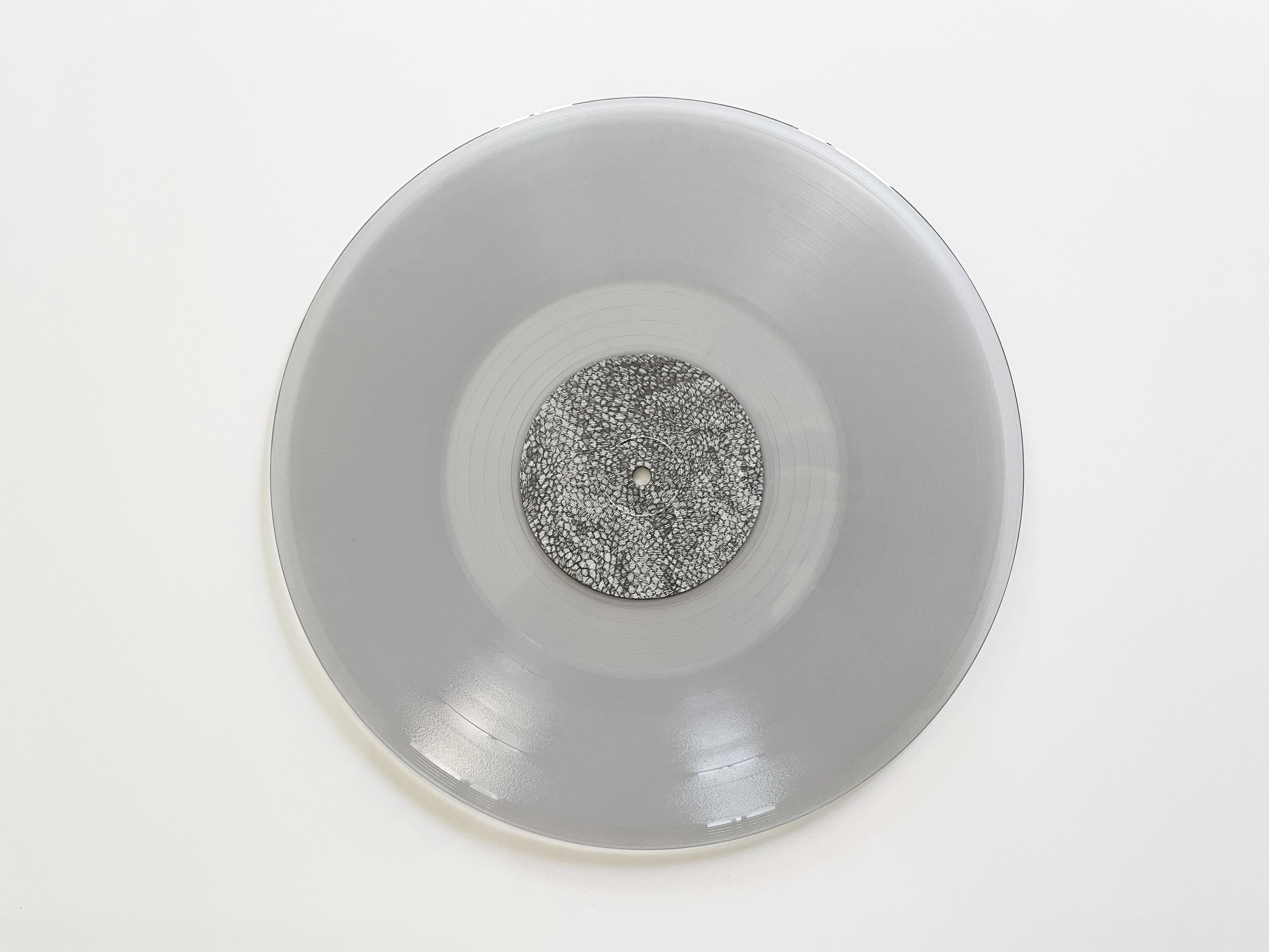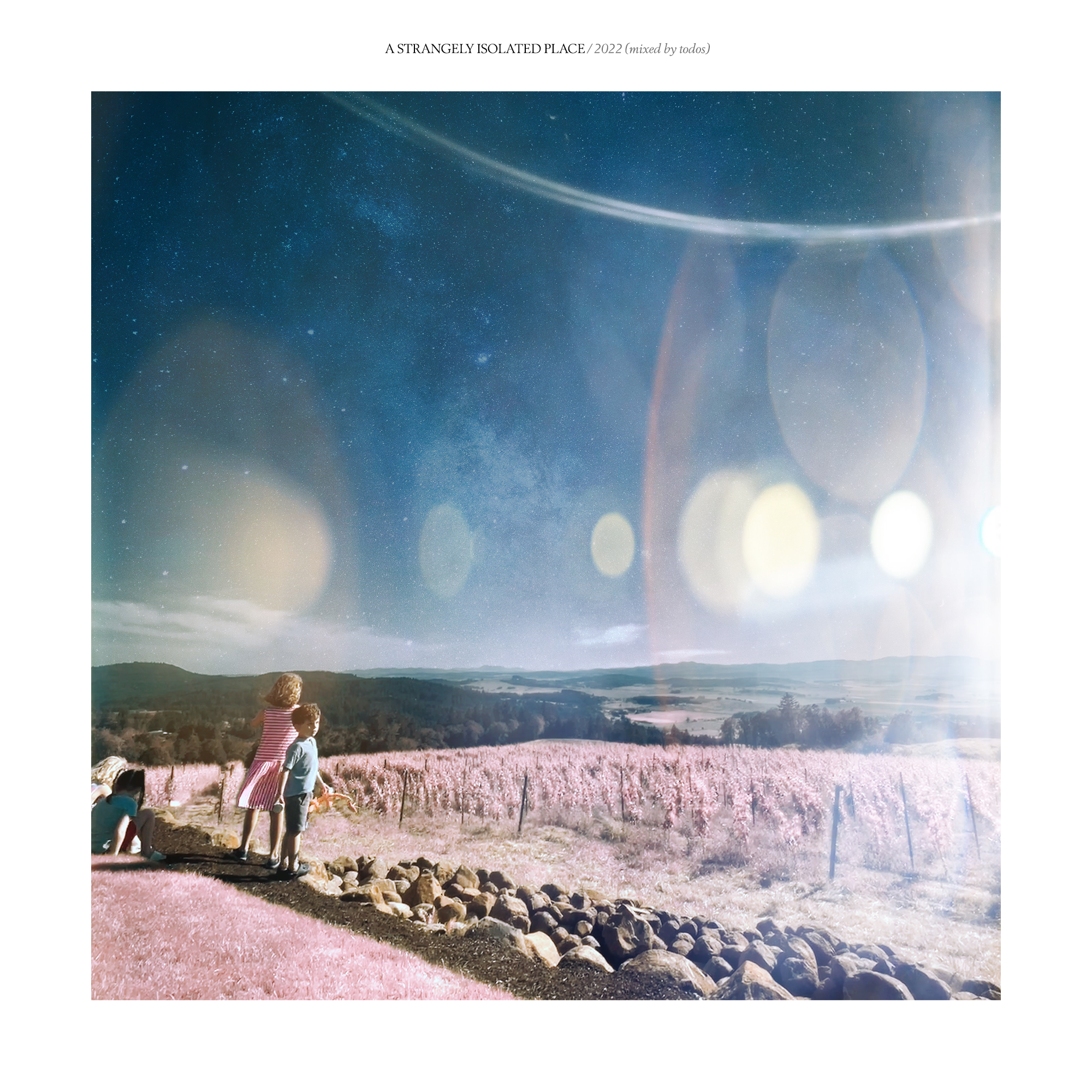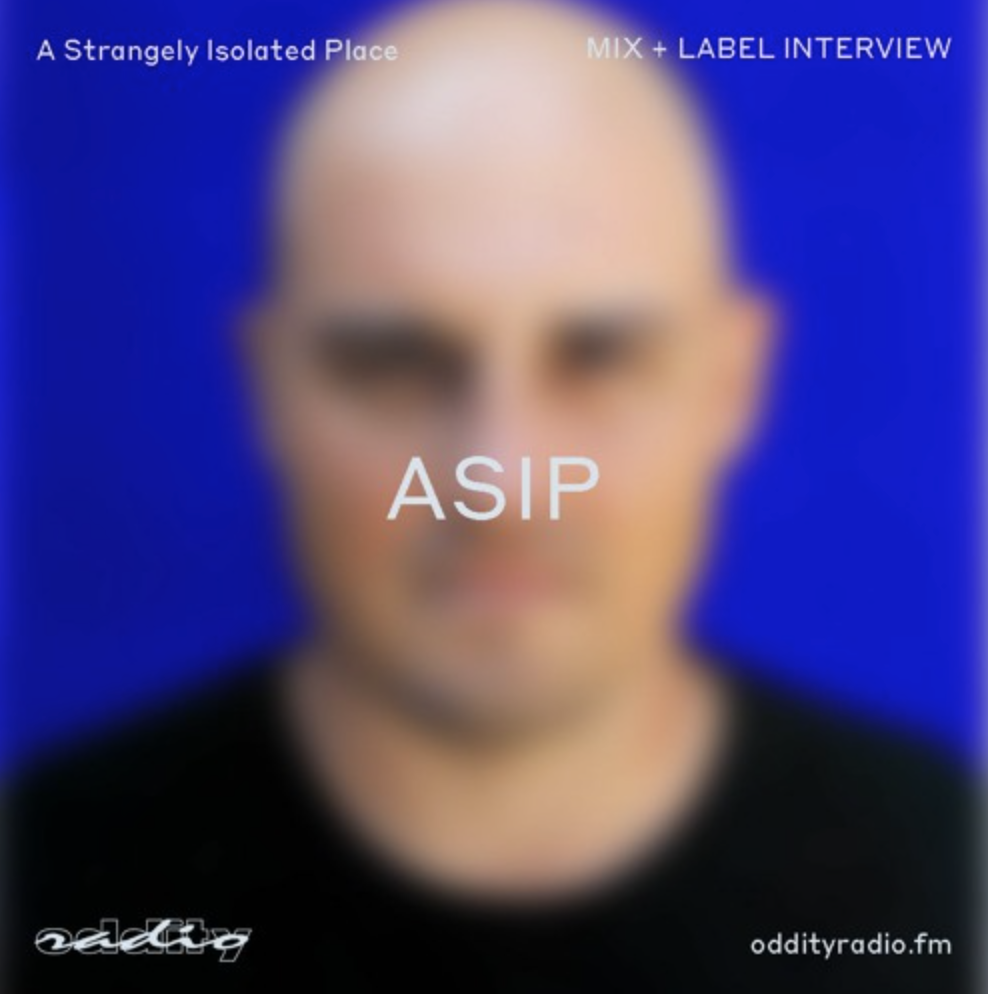I fell in love with the very first Earth House Hold album (When Love Lived). And since picking it up with Brock and pestering him for a demo one day, I never expected an Earth House Hold album on ASIP all those years ago. But given our mutual love for house music, it made complete sense.
Today, we get to hear the full spectrum of influences on this alias from Brock. From the defined beats and chopped samples in the first album to the expansive vocals in the second, acid basslines in the third, and deconstructed atmospheres in this, the last Earth House Hold album.
This was never meant to be an all-encompassing collection of all Earth House Hold music (it isn’t). Listening to this project across the (now) four albums, is a lesson in deconstruction, and conceptually, shows how the album styles have evolved over the years. It’s remained one of the most exciting aspects of the alias for me, as Brock continually found new angles to explore and new influences to unearth. Each EHH album is unique and represents a very specific moment in time, a memory, a shed of sunrise through a cracked basement window to him, and to me. It’s easy to say a project is personal, but given our mutual love for house music and how this project has grown over the years, this one hits differently.
The album title summarises this release perfectly. Earth House Hold got off to a slow start, and many people didn’t enjoy this new approach from Brock. But today, ten years later, this is the perfect non-question to the many people who obsess over this alias. It’s not even worth asking…
Available today to preorder on 4XCD sleeve (to fit right into your vinyl shelves) or an extensive digital album containing all 4 albums mastered/remastered by Brock, along with artwork from the OG Peter Skwiot Smith.



































